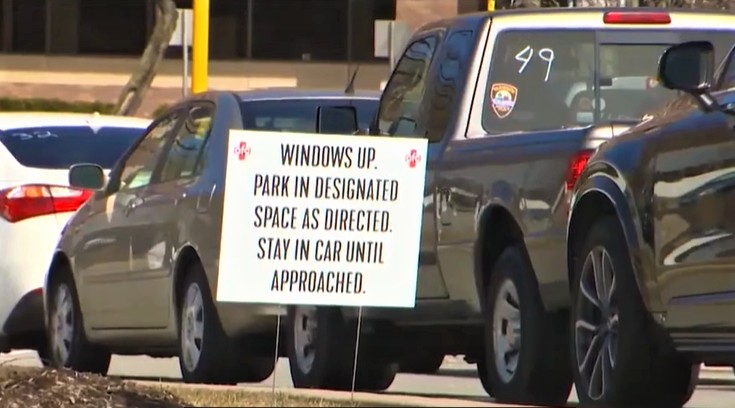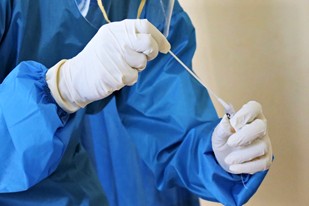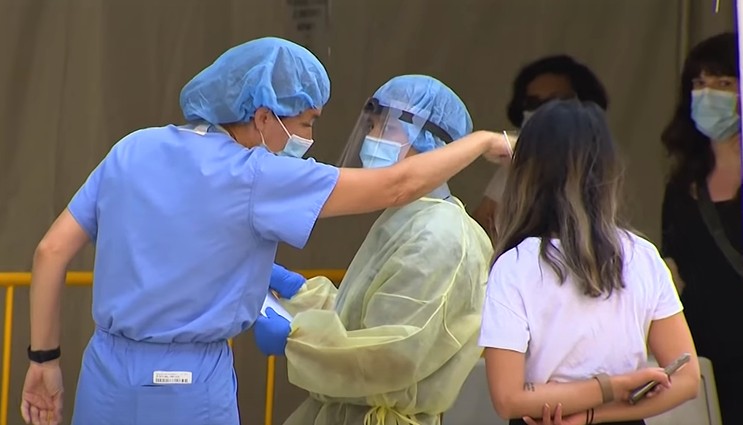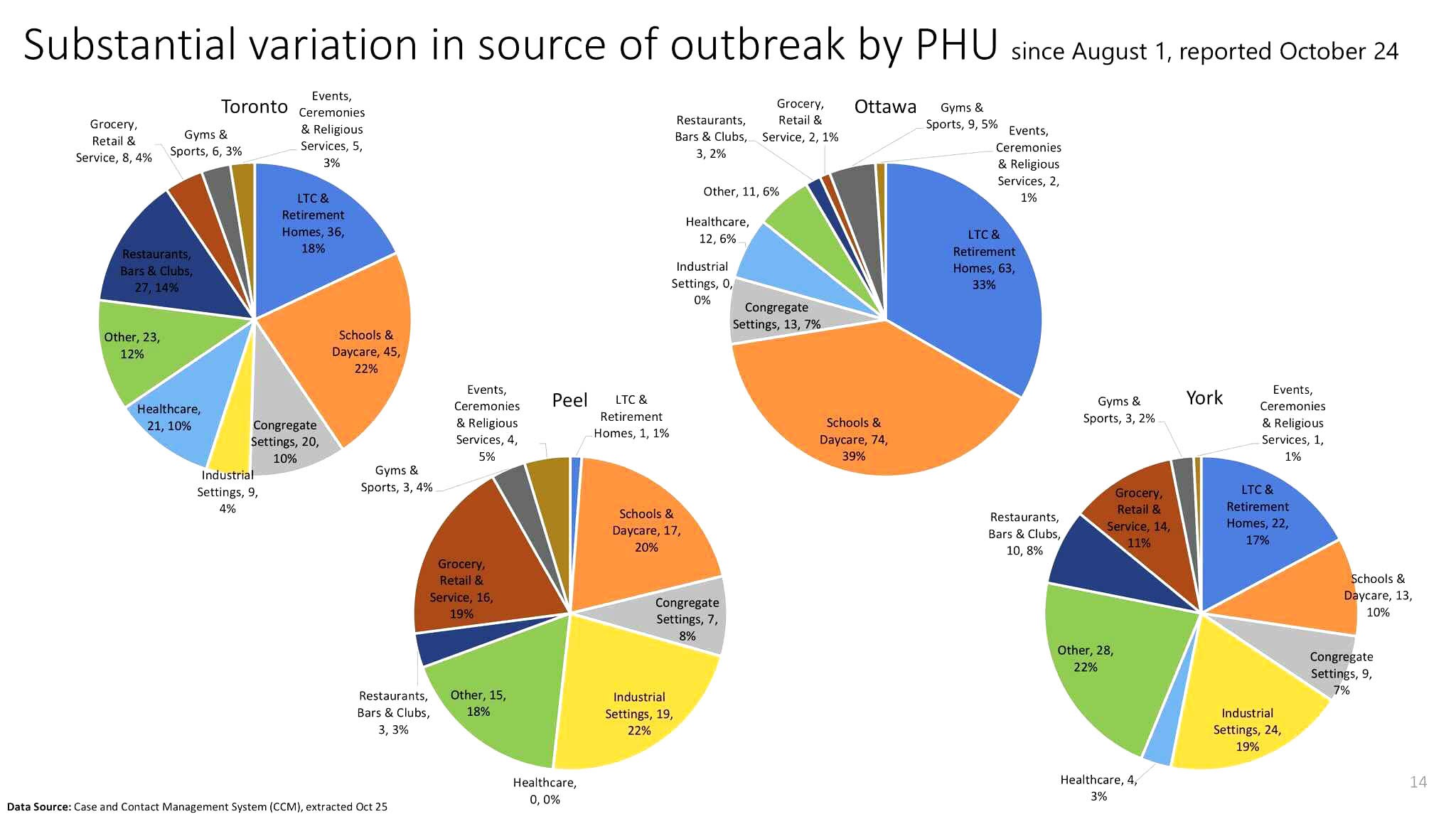
Brampton’s test positivity rate hits 9.6%, more than double the national figure
The clock is running out on Ontario’s current four-week public health intervention at restaurants, gyms and other settings targeted by the Province to address worrying trends in COVID-19 hotspots. Restless business owners and others financially affected by the modified Stage 2 restrictions will not get good news if the government can’t drive down infection indicators by November 6.
Premier Doug Ford, facing increasing pressure from those advocating economic relief in the form of relaxed safety measures, offered hope Friday.
“Based on what I’m seeing in the modeling, I have asked our public health experts to come back next week with a plan to begin to ease restrictions in a way that safely allows businesses to begin opening back up after the 28-day period is over,” Ford said during a press conference.
Brampton’s situation is not helping the cause.
The city’s weekly test positivity rate rose to 9.6 percent, for the week ending October 24, according to a Peel Health Surveillance report published on October 30. This represents a 1.5 percent increase from the previous week, when Brampton sat at 8.1 percent positivity. This is well above the 5 percent benchmark used by infectious disease experts to signal the virus is under control.

Test positivity rates in Brampton are more than twice as high as Mississauga
Brampton’s positivity rate is two-and-a-half-times higher than the national figure: based on an October 30 report by the Public Health Agency of Canada, the country’s seven-day test positivity rate for the week ending October 24, was 4 percent, up from 3.1 percent the previous week. Mississauga’s test positivity rate for the same period stood at 4.4 percent, while Toronto was at 4.6 percent, according to the most recent data.
On the cusp of double-digit positivity rates, cases in Brampton should have public health officials on high alert.
“The positivity rate helps you understand how hard it is to find an infection,” said Dr. Amesh Adalja, an infectious disease and pandemic preparedness expert at Johns Hopkins Center for Health Security. “If your testing is either going up or stable, and your positivity is increasing, that tells you it’s becoming relatively easier to find cases.”
When it’s in the double-digits, a higher positivity rate also indicates those tested will tend to be the symptomatic and sick residents, Dr. Adalja said, “Versus an approach where testing is really widespread and easily accessible…where [it’s] usually characterized by lower percent positivity in the single digits.”

Johns Hopkins infectious disease expert Dr. Amesh Adalja; research shows that about 40 percent of those who test positive are asymptomatic, meaning many in Brampton might not know they have the virus
In the seven days ending October 29, there were 948 new COVID-19 cases reported in the city, according to data from the Region of Peel, which has lagged behind the figures released by the Province (these do not breakdown Peel’s data by individual municipality).
Over the same seven-day period, Ontario reported 6,292 new COVID-19 cases, so Brampton accounted for 15 percent of those. Its share of the provincial population is about 4.5 percent.
Despite high daily case numbers and the concerning test positivity rate in the city, the Province has not committed to adding a second full COVID-19 assessment centre in Brampton.
In proportion to their population sizes, Peel Region and Toronto are conducting a comparable number of tests as of last week, but neither jurisdiction came close to its per capita target under the Province’s goal of 50,000 tests a day in Ontario.
An average of about 2,745 COVID-19 tests were completed daily in Peel between October 19 and 25, per data provided by Ontario Health. Toronto, with about double Peel’s population, completed just over twice as many tests, with an average of 5,889 a day in the same period.
To reach its share of the provincial target, based on per capita figures and a population of 1.5 million, Peel needs to conduct 5,172 tests daily, and Toronto, based on a population of 3 million, needs to do 10,344 (these figures use an Ontario population of 14.5 million).
October 8 saw the highest number of tests reported in Ontario, yet, with 48,488 completed. On October 30, 41,008 tests were done, and prior to that levels had fluctuated for the past two weeks with a recent low of 23,945 tests on October 27.

Brampton's daily COVID new-case graph shows the city entered a second wave two months ago
Currently, Brampton residents with symptoms of COVID-19 are directed to South Fletcher’s Sportsplex, operated by the William Osler Health System. Residents with moderate flu symptoms can attend the COVID-19, Cold and Flu Clinic at the Peel Memorial Centre for Integrated Health and Wellness, and can get a test for the novel coronavirus. Those who are asymptomatic can go to one of nine private pharmacies in Brampton currently offering tests under an agreement with the Province; Mississauga has eight pharmacies. According to an analysis by The Pointer, if all pharmacies offering screening services in Peel operated at full capacity, they would be able to process about 515 tests per day.
When pressed by The Pointer on Brampton’s low testing capacity, with only one assessment centre compared to three in Mississauga and 17 in Toronto, Health Minister Christine Elliott said in a press conference Tuesday she would commit to “look at the centres in Brampton and if more are needed, we will certainly set them up.”
Ottawa, the other main hotspot in the province, has seven assessment centres.

Since the spring, The Pointer has asked Elliott why Brampton has been provided with only one screening site since the start of the pandemic, but no explanation has been provided.
Her repeated claims that more will be set up if the city needs additional screening, came as Brampton consistently had the highest per capita rate of COVID-19 of any city in the province. On September 2 and 6 it accounted for 37 percent of all new cases in Ontario. On September 4, Ford called the city’s COVID situation “broken”.
Last week marked another surge in positive cases.
In Mississauga, assessment centres operated by Trillium Health Partners have increased COVID-19 testing capacity to about 1,000 tests per day through added appointment times, said spokesperson Keeley Rogers. Unlike in Toronto and Halton regions, where those seeking a COVID-19 test can directly book an appointment online after completing a self-screening questionnaire, Trillium has an added virtual assessment. After entering an online queue, a Trillium physician will call the patient to pre-register and triage them, “so those with symptoms are able to get assessed and tested quicker,” Rogers said in an email.
Mississauga’s positivity rate increased from last week
Mississauga, which has three full testing facilities, saw its positivity rate rise 0.6 percent to 4.4 percent for the week that ended October 24, while Caledon’s dropped by 0.3 percent to 4.6 percent positivity.
In her weekly briefing, Mississauga Mayor Bonnie Crombie said she and the other regional mayors have asked Dr. Lawrence Loh, Peel’s chief public health officer, to create a plan for three future scenarios past November 6 – remaining at status quo, a return to Stage 3 if case numbers improve and data-backed, locally-targeted closures if indicators go further in the red.

Sources of viral spread; the high number of unknown sources makes it difficult to determine where people are contracting the virus
Next week will be critical. If the upward trend in positivity rates across Brampton and Mississauga continues for the third week in a row it could be a key factor when officials decide on maintaining or lifting the current restrictions.
“If percent positivity is rising, that gives you a signal that something is driving that increase in cases, something is changing in the dynamics,” said Dr. Adalja. This signal tells public health officials that it’s time to go back to contact tracing data and conduct targeted interventions, he added.
According to an October 29 COVID-19 modelling brief issued by the Science Table, an advisory group of experts and health leaders, Peel grocery stores account for 19 percent of traced infections, three times more than gyms and restaurants in the region combined.
Restaurant owners have been calling for greater transparency regarding the rationale behind closing indoor dining. Industry group Restaurants Canada and its vice president issued another open letter to the premier this week.
“Without transparent transmission data and further government support, half of all independent restaurants are at risk of closing within a year,” said James Rilett, in a press release.
Email: [email protected]
Twitter: @LaVjosa
COVID-19 is impacting all Canadians. At a time when vital public information is needed by everyone, The Pointer has taken down our paywall on all stories relating to the pandemic and those of public interest to ensure every resident of Brampton and Mississauga has access to the facts. For those who are able, we encourage you to consider a subscription. This will help us report on important public interest issues the community needs to know about now more than ever. You can register for a 30-day free trial HERE. Thereafter, The Pointer will charge $10 a month and you can cancel any time right on the website. Thank you.
Submit a correction about this story


